Complete Chess Tactics Guide for Beginners & Intermediates
Por um escritor misterioso
Last updated 02 junho 2024

Hi and welcome to the most comprehensive chess tactics guide. Just tactics may feel complicated with over 50 different tactical motifs and thousands of different chess puzzles that you’re expected to solve in order to learn all these common patterns of chess. Now in this article, I’m going to present you with a simple system that you can use in order to spot tactics in your own games and also not to overlook tactics from the side of your opponent. And again, I’m going to present you with a complete system so that we’re going from A to Z and break it down step by step initially just so that you can understand it fully. And after that, I’m going to show you how you can use it in seconds in your real-life games. But first of all, what are chess tactics? It implies short-term operations aiming to get some immediate advantage, such as checkmate in your opponent’s king or winning material. In contrast to this, chess strategy aims to improve your position gradually, accumulate those small advantages that will hopefully ultimately give you a winning position. Let me also address one common problem with chess tactical puzzles. While solving a tactical puzzle, you know that there is a winning combo, that there is probably a sacrifice, and you start looking for those moves that give up material that you wouldn’t consider otherwise. And so, even if you manage to solve those tactical puzzles, it doesn’t guarantee at all that you will be able to find combinations in your real-life games. And for that reason, the system that I’m about to present to you is a universal system. It allows you to find combinations, tactics, as well as simple normal moves, and it works all around. All right, let’s take a look at it. This position is taken from a game between Euwe, a world champ, against Abdul, a less-known opponent. White’s turn to play Look at your opponent’s half of the board First of all, there is one precondition that helps you to find tactics in your games, and that precondition is that you’ve got to seek attacking moves. You’ve got to always be on the lookout for attacking moves because attack wins the game. That’s going to be your mindset when you’re playing a game of chess. The traditional way of thinking of chess players is a bit different. People start looking at their pieces and start thinking about where those pieces can be moved and what they can do. So, you kind of look at your position and start thinking about what you are going to do. Now, the way that I’m suggesting you think is actually the opposite. Instead of thinking about your position, you pay attention to the opponent’s side of the board, to the other half of the board, and you ask yourself, “How do I go into the opponent’s side of the board and take or attack something there?” So again, it’s just a shift of your mindset where you shift from finding good moves to attacking mode. When you’re in this mindset, you start looking for moves that only create threats on the opponent’s half of the board, and that helps you a lot because attacking moves are the most powerful, but it also limits the options that you have. For example, in this case, if you’re thinking about moves on the opponent’s half of the board, there aren’t that many options really. So what can you do here? You can play Ne6, Re6 or a5. There are just a handful of options really, and so it’s really simple to notice that, and that’s how you find attacking moves, regardless of whether there is some sacrifice involved or not. Step One: Identify weakness in opponent’s position The first main idea that can help you determine whether or not to consider making sacrifices is to look for weaknesses in your opponent’s position. When you identify weaknesses, you can potentially take advantage of them and initiate an attack. In chess, there are three types of weaknesses to look for: A weak king, which is an exposed or restricted king. Hanging pieces, which are pieces without sufficient defense and are not well-coordinated with each other. Weak pawns and squares. A weak pawn or square is a square on your opponent’s half of the board that is not defended, and ideally cannot be defended by a pawn. For example, in this position, the pawn on f6 is weak, and if Black moves their rook away, you can capture it. The e6 square is also weak, as it is undefended and you can easily land your knight there. However, the e5 square is not weak because it can be defended by a pawn. When looking for weaknesses in your opponent’s position, focus on the fifth and sixth rank and try to spot weaknesses there. In this position, Black has all three types of weaknesses combined, with an exposed king, hanging pieces, and weak squares, especially in close proximity to the king. This is a trigger for you to consider whether there is a winning combination or attack available, which is the first step in determining whether or not to make a sacrifice. Step Two: Candidate Moves You start thinking about weaknesses, and as soon as you notice that there are weaknesses in your opponent’s position, It brings you to step number two, which is candidate moves. Here’s a helpful tip about your candidate moves: There are three types of forcing moves in chess, which are checks, captures, and threats. I have just named them in the order of significance. Check is the most forcing move. If you deliver a check, your opponent’s pawn has nothing to do but to respond, and therefore, their options are extremely limited. The next type of forced move is a capture. Your opponent will usually have to recapture, and so it’s easy for you to calculate this because there is only […]
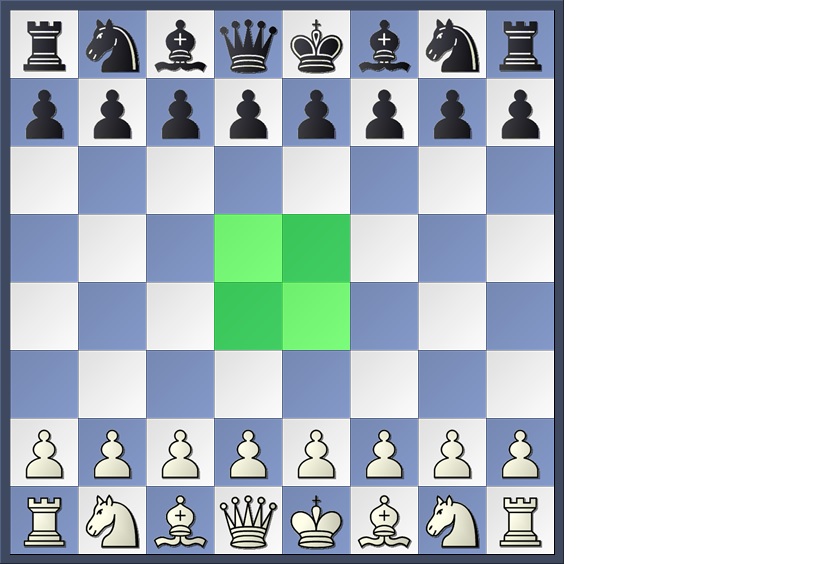
Chess Strategy for Chess Openings and Chess Principles
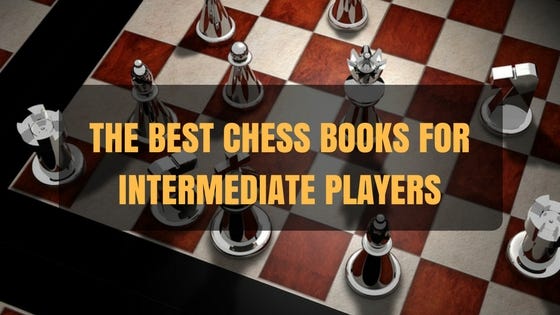
Chess Improvement: 4 Best Books for Intermediate Players, by Mackenzie Tittle

Recap and Discussion of the Excellent Book, Chess Tactics from Scratch by FM Martin Weteschnik
Play chess games at a higher level by understanding strategy and tactics better

Understand Chess Better / Beginner to Intermediate
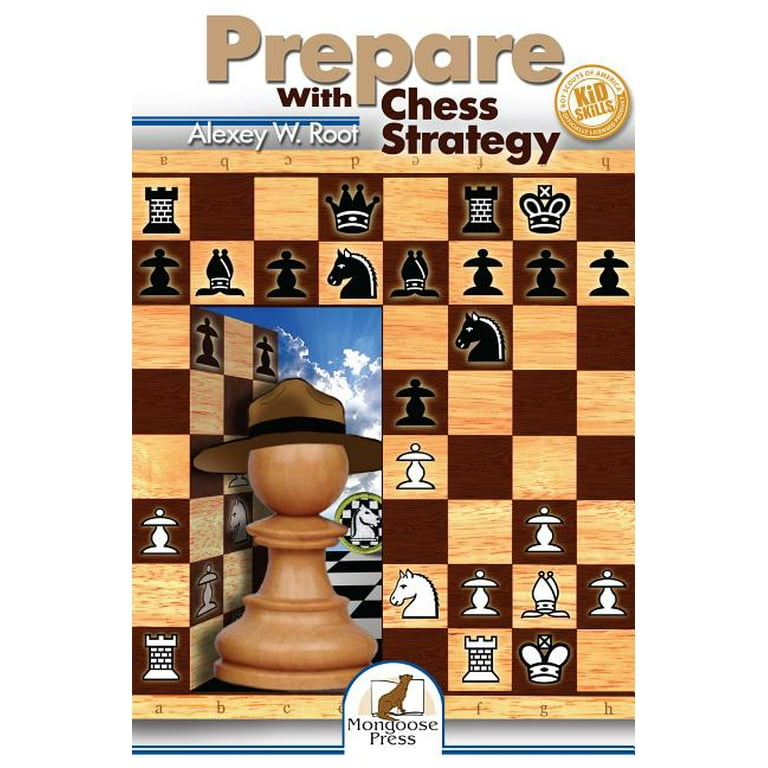
Prepare with Chess Strategy (Paperback)
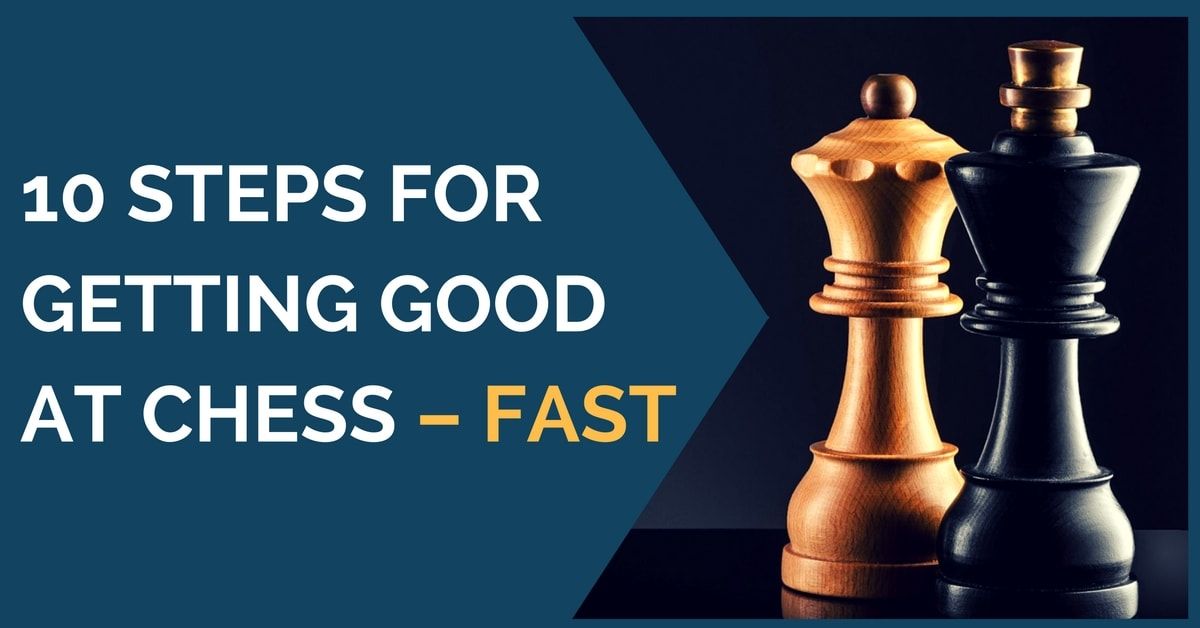
10 Steps For Getting Good At Chess Fast - Chess Forums
A sequel to the Chess Tactics for Beginners, this program on chess tactics is developed by the prominent chess coach Sergey Ivashchenko and aimed at
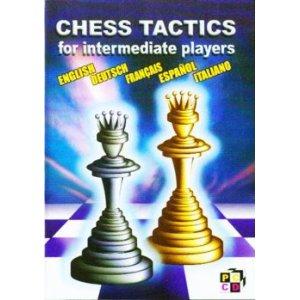
Chess Tactics for intermediate players
:max_bytes(150000):strip_icc()/chess-strategy-tactics-4102130_final-5bfc6d06c9e77c005884899e.png)
Essential Chess Strategy and Tactics

Chess: Mastering Chess Tactics: A Comprehensive Guide for Intermediate Players by Doug Holder

Top 10 Chess Tactics

How to Win at Chess : The Ultimate Guide for Beginners and Beyond - Harvard Book Store
Recomendado para você
-
 100 Mate In One Chess Puzzles, Inspired By Levy Rozman Games02 junho 2024
100 Mate In One Chess Puzzles, Inspired By Levy Rozman Games02 junho 2024 -
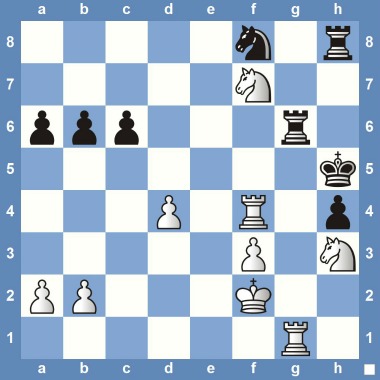 Easy Chess Puzzles02 junho 2024
Easy Chess Puzzles02 junho 2024 -
 Easy Chess Puzzles 1 to 1002 junho 2024
Easy Chess Puzzles 1 to 1002 junho 2024 -
 200 Defensive Chess Puzzles for Beginners: Rating 700-1300 by The02 junho 2024
200 Defensive Chess Puzzles for Beginners: Rating 700-1300 by The02 junho 2024 -
 Solving Beginner Chess Puzzles02 junho 2024
Solving Beginner Chess Puzzles02 junho 2024 -
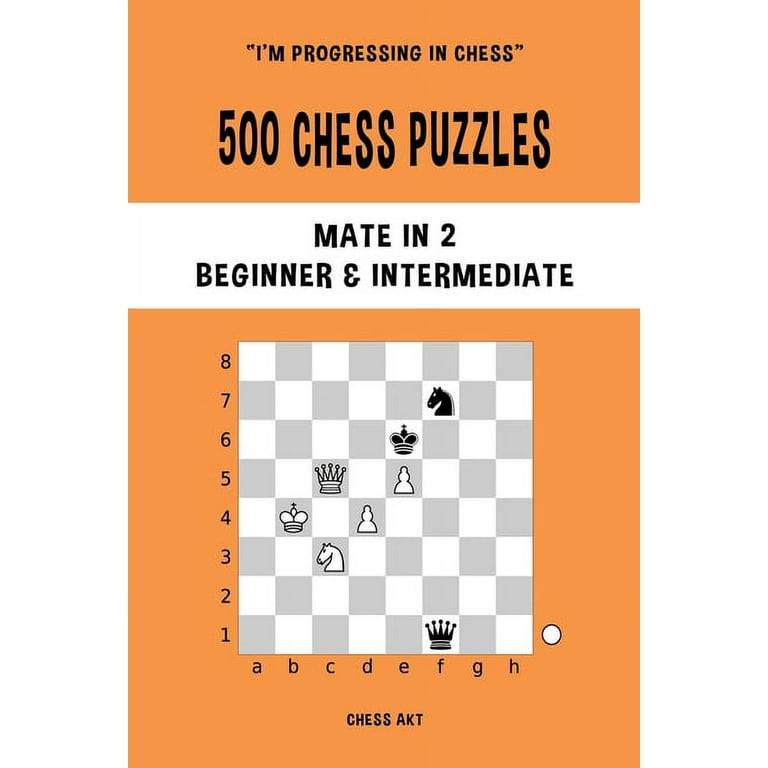 500 Chess Puzzles, Mate in 2, Beginner and Intermediate Level02 junho 2024
500 Chess Puzzles, Mate in 2, Beginner and Intermediate Level02 junho 2024 -
 200 OPENING Chess puzzles for Beginners: by Chesser, The02 junho 2024
200 OPENING Chess puzzles for Beginners: by Chesser, The02 junho 2024 -
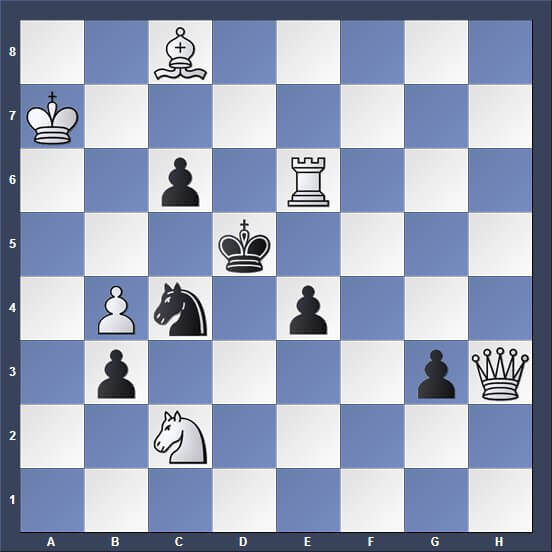 Chess Beginner Puzzle –02 junho 2024
Chess Beginner Puzzle –02 junho 2024 -
Chess Tactics Pro (Puzzles) – Apps on Google Play02 junho 2024
-
 Chess puzzles kids & beginners on the App Store02 junho 2024
Chess puzzles kids & beginners on the App Store02 junho 2024
você pode gostar
-
 The Sims Mobile - Game Guides, News and Updates02 junho 2024
The Sims Mobile - Game Guides, News and Updates02 junho 2024 -
 BLUE BEETLE: JAIME REYES BOOK TWO02 junho 2024
BLUE BEETLE: JAIME REYES BOOK TWO02 junho 2024 -
roblox boy02 junho 2024
-
 Yet another character has seemingly leaked for Mortal Kombat 102 junho 2024
Yet another character has seemingly leaked for Mortal Kombat 102 junho 2024 -
 Spriggan (1998) Blu-Ray English Dub/Subtitles02 junho 2024
Spriggan (1998) Blu-Ray English Dub/Subtitles02 junho 2024 -
 IA da Google precisa apenas de 4 horas para ser mestre em xadrez02 junho 2024
IA da Google precisa apenas de 4 horas para ser mestre em xadrez02 junho 2024 -
 JOGOS DE ROBUX NO ROBLOX02 junho 2024
JOGOS DE ROBUX NO ROBLOX02 junho 2024 -
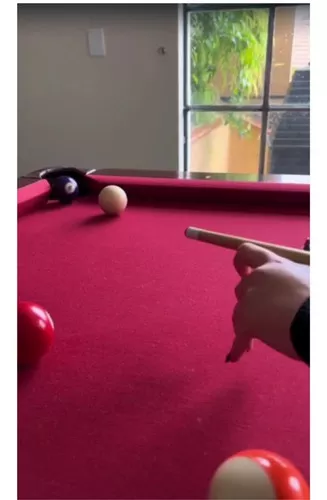 Mesa De Sinuca Oficial Bilhar Madeira Tacos Profissional02 junho 2024
Mesa De Sinuca Oficial Bilhar Madeira Tacos Profissional02 junho 2024 -
![Lelouch Lamperouge - Code Geass [6] wallpaper - Anime wallpapers - #32386](https://cdn.suwalls.com/wallpapers/anime/lelouch-lamperouge-code-geass-32386-1920x1080.jpg) Lelouch Lamperouge - Code Geass [6] wallpaper - Anime wallpapers - #3238602 junho 2024
Lelouch Lamperouge - Code Geass [6] wallpaper - Anime wallpapers - #3238602 junho 2024 -
Mundo Fortnite - Código para resgatar esse spray!02 junho 2024
